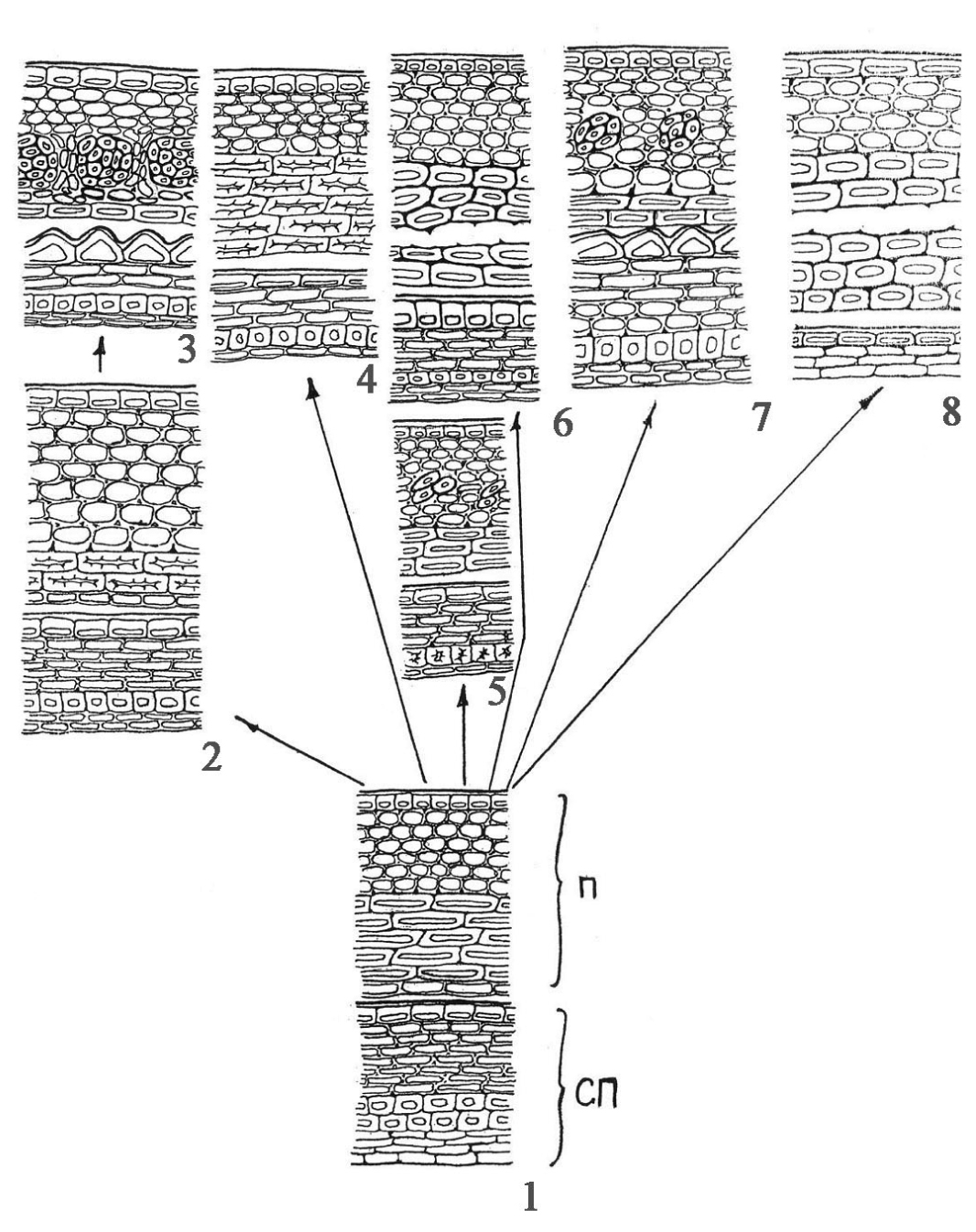The levels of fruit organization in Celastraceae and structural diversity of pirenariums in Cassinoideae
Abstract
The levels of fruit organization are determined for the Celastraceae family on the basis of fruit morphology and anatomical study of pericarp (114 species from 45 genera). Analysis of their correlation with basal and derivative lineages according to the last molecular data is conducted and reconstruction of initial stages of the family phylogeny is presented. Special focus to structural diversity of pirenarium in Cassinoideae subfamily is spared.
References
Simmons M.P. 2004. Celastraceae. In: Kubitzky K. (ed.). The families and genera of flowering plants. VI. Flowering plants. Dicotyledons. Celastrales, Oxalidales, Rosales, Cornales, Ericales: 29–64. Springer Verlag, Berlin.
Simmons M.P., Clevinger C.C., Savolainen V., Archer R.H., Mathews S., Doyle J.J. 2001. Phylogeny of the Celastraceae inferred from phytochrome B gene sequence and morphology. Amer. J. Bot. 88 (2): 313–325.
Simmons M.P. & Hedin J.P. 1999. Relationships and morphological character change among genera of Celastraceae sensu lato (incl. Hippocrateaceae). Ann. Mis. Bot. Gard. 86 (3): 723–757.


This work is licensed under a Creative Commons Attribution-NonCommercial-NoDerivatives 4.0 International License.
The journal is licensed by Creative Commons under BY-NC-ND license. You are welcome and free to share (copy and redistribute the material in any medium or format) all the published materials. You may not use the material for commercial purposes. You must give appropriate credit to all published materials.
The journal allow the author(s) to hold the copyrights and to retain publishing rights without any restrictions. This is also indicated at the bottom of each article.





